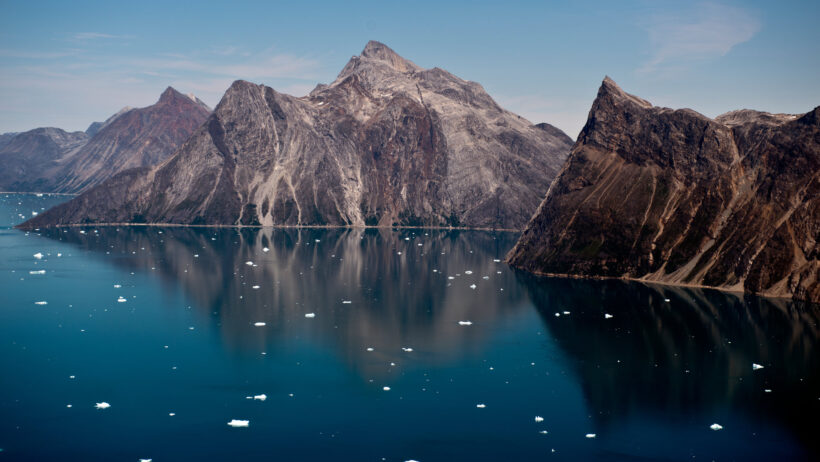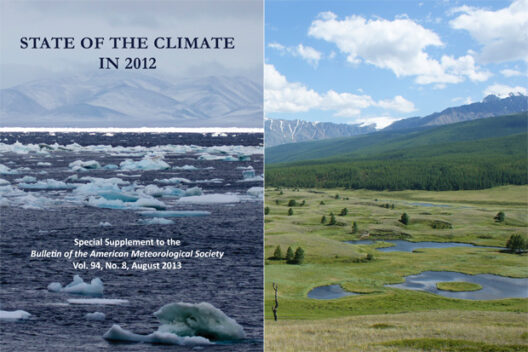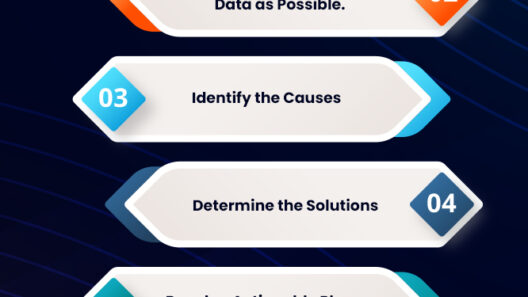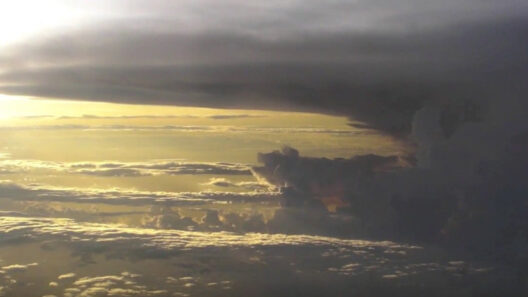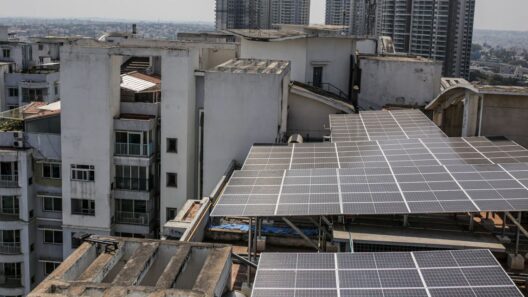The Arctic Drill Dilemma: Global Warming and Resource Extraction
As permafrost thaws and ice caps recede, the Arctic region is increasingly becoming an arena of contention, a frontier where environmental concerns intersect with fervent economic aspirations. The unfolding narrative around the Arctic drill dilemma presents an intricate tapestry of prospects and perils, beckoning us to reconsider our relationship with the planet’s invaluable resources while grappling with the ramifications of climate change. In this discourse, we will delve into the multifaceted dimensions of this crisis, navigating the complex interplay between resource extraction and the burgeoning specter of global warming.
Firstly, it is pivotal to comprehend that the Arctic, once regarded as a remote wilderness, is abundant in natural resources. Beneath its icy veneer lie untapped reserves of oil, natural gas, and rare minerals that hold the promise of economic gain. The U.S. Geological Survey estimates that the Arctic may contain approximately 13% of the world’s undiscovered oil and 30% of its undiscovered natural gas. These statistics instigate a sense of urgency, prompting nations to reevaluate their stances and strategies regarding Arctic exploration and extraction.
However, one must not overlook the interlinked consequences of pursuing these lucrative ventures. As global temperatures rise, icebergs melt, and ecosystems face irrevocable changes. The thawing Arctic not only catalyzes a surge in territorial claims among nations but also leads to the exposure of sensitive habitats that are home to diverse fauna, including polar bears, seals, and migratory birds. The impending threat becomes evident when one considers that every industrial activity—from drilling to transportation—inevitably disrupts the delicate equilibrium of this frigid environment.
To appreciate the gravity of this predicament, one should examine the hidden costs of resource extraction. Beyond the immediate implications of oil spills and habitat destruction, the broader repercussions of releasing hydrocarbons into the atmosphere cannot be understated. Oil drilling generates significant greenhouse gas emissions, which aggravate the very phenomenon of global warming that drives the melting of Arctic ice. This paradox embodies a vicious cycle: extraction leads to degradation, which in turn accelerates climate change, further exacerbating the challenge.
Moreover, the geopolitical landscape surrounding Arctic exploration introduces an additional layer of complexity. Countries such as Russia, Canada, and Norway are actively pursuing drilling projects, often prioritizing national interests over environmental stewardship. This scramble for resources reinforces the need for diplomatic frameworks that prioritize sustainability and conservation. Nevertheless, achieving consensus is tedious, as nations grapple with conflicting priorities and economic imperatives.
The discourse surrounding Arctic resource extraction impels us to confront fundamental questions about our values and priorities. Is the short-term economic gain worth the long-term ecological consequences? Advocates for extraction argue that energy independence and economic growth may outweigh the environmental ramifications. Conversely, environmentalists posit that the protection of fragile ecosystems should take precedence, urging a transition toward renewable energy sources instead of the relentless pursuit of fossil fuels.
Shifting perspectives on resource management may yield novel solutions. Considering the burgeoning field of sustainable development, it becomes feasible to envision a future where resource extraction is conducted with ecological mindfulness. Technological advances have the potential to mitigate environmental impacts associated with drilling through innovations such as directional drilling, which minimizes surface disruption and reduces the footprint of extraction activities. However, the implementation of such technologies requires stringent regulations and a commitment to adhere to ethical principles.
Furthermore, the role of international governance cannot be overstated in addressing the Arctic drill dilemma. Multilateral agreements, such as the Arctic Council, provide platforms for dialogue and coordination among Arctic nations. A collaborative approach encourages the establishment of guidelines that safeguard both the environment and the rights of Indigenous peoples, who have thrived in the Arctic for millennia. Respecting their knowledge and stewardship is paramount in ensuring that resource extraction does not come at the expense of cultural heritage or ecological integrity.
Public awareness and advocacy are indispensable tools in influencing policy decisions regarding the Arctic. Citizen engagement can catalyze broader movements demanding accountability and responsible resource management. Raising awareness of the implications of Arctic drilling fosters an informed electorate capable of driving political action, thereby ensuring that environmental considerations remain at the forefront of global discussions.
Ultimately, the Arctic drill dilemma embodies the broader struggle against climate change and the quest for sustainable development. As the planet grapples with escalating temperatures and environmental degradation, the stakes increase. Learning to balance resource extraction with ecological preservation is not merely an environmental necessity; it is an imperative for the survival of future generations.
In conclusion, the ongoing developments in the Arctic illicit both intrigue and trepidation. The promise of economic benefits through resource extraction is counterbalanced by the urgent need for conservation and sustainability. The Arctic, once an emblem of isolation, now demands a collective response that prioritizes environmental integrity while navigating the complexities of resource management. As the ice melts, the call for a paradigm shift grows louder, challenging humanity to reassess its priorities and embrace a more harmonious relationship with nature.



